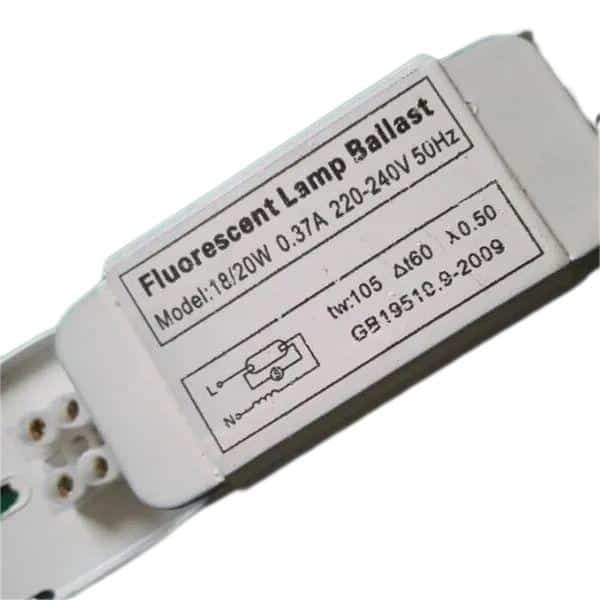Fluorescent light ballasts are what make fluorescent lights work. They don’t last forever, and if you don’t change them when you’re supposed to, you’re going to have bad lighting or the light’s not going to work at all. Knowing when to change a ballast is important so you have good lighting and you don’t have extra problems.
You should change a fluorescent light ballast every 10 to 15 years or when you see your light flicker, hear it buzz, or notice it’s not as bright as it used to be.
Knowing how long a ballast should last and what happens when it starts to go bad will help you keep your lighting system working good and not have any problems.
What is the typical lifespan of a fluorescent light ballast?
The lifespan of a fluorescent light ballast depends on several factors, including the type of ballast, usage conditions, and the environment in which it operates.
- Standard Lifespan: Most fluorescent light ballasts are designed to last between 10 and 15 years under normal operating conditions. This means that, over time, regular use will naturally wear down the components within the ballast, leading to a need for replacement. For businesses or facilities that rely on continuous lighting, understanding this timeframe can help with planning and budgeting for replacements.
- Quality and Type of Ballast: The type of ballast used can also influence its lifespan. Magnetic ballasts, which were commonly used in older lighting systems, generally have a shorter lifespan than electronic ballasts. Magnetic ballasts are bulkier, less efficient, and more prone to overheating, which can cause them to fail faster. In contrast, electronic ballasts are more energy-efficient, operate at higher frequencies, and are built to last longer. They also generate less heat, reducing the wear on the ballast over time.
That being said, even the most high-quality ballasts will eventually need to be replaced due to natural wear and tear.
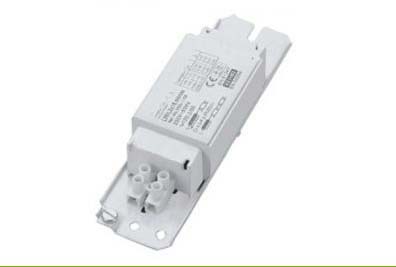
Signs that your fluorescent light ballast needs replacement
While the average lifespan of a ballast provides a general guideline, it’s important to watch for specific signs that indicate your ballast may be failing. Being proactive in identifying these signs can help prevent complete system failure and keep your lighting running smoothly.
- Flickering Lights: One of the most common indicators of a failing ballast is the flickering of fluorescent lamps. If you notice that your lights are consistently flickering or struggling to stay on, the ballast may no longer be able to regulate the current effectively. This can cause inconsistent lighting, which can be disruptive and annoying, especially in workspaces.
- Buzzing or Humming Sounds: A failing ballast may emit a buzzing or humming sound, especially when it’s operating under stress. This noise is usually caused by electrical issues within the ballast, such as failing components or short circuits. If you hear this sound coming from your lighting fixtures, it’s a clear sign that the ballast is nearing the end of its life.
- Dim or Inconsistent Lighting: A ballast that can no longer regulate the electrical current properly may cause the light to appear dimmer than usual. You may also notice that the brightness of the light fluctuates, leading to inconsistent illumination. If your fluorescent lights are producing less light despite having good-quality bulbs, it’s likely that the ballast is failing.
- Frequent Bulb Burnout: If your fluorescent lamps burn out more frequently than expected, the issue could be with the ballast. A failing ballast may cause an uneven or excessive current flow, which can damage the bulbs and significantly shorten their lifespan.
Recognizing these symptoms early can save you time and money in the long run by allowing you to replace the ballast before it causes further issues with your lighting system.
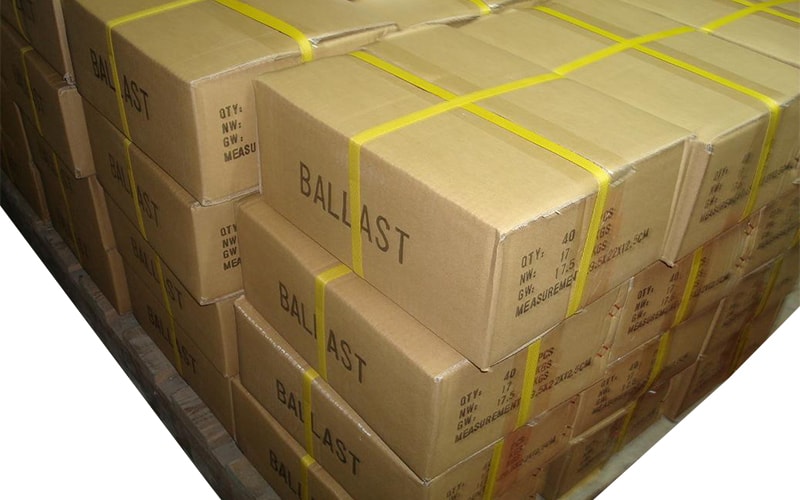
What factors can shorten the life of a fluorescent light ballast?
While ballasts are designed to last a decade or more, several external factors can shorten their lifespan. Understanding these factors can help you extend the life of your ballasts and keep your lighting system running efficiently.
- Excessive Heat: Heat is one of the main enemies of fluorescent light ballasts. When ballasts overheat, their internal components can degrade rapidly, leading to premature failure. Excessive heat can be caused by poor ventilation around the lighting fixtures, high ambient temperatures, or even the heat generated by the lamps themselves. To mitigate this risk, ensure that your lighting fixtures have adequate airflow and are not placed in areas with high temperatures.
- Power Surges or Voltage Fluctuations: Frequent power surges or fluctuations in voltage can damage the internal circuitry of a ballast, leading to a shorter lifespan. Power surges may occur due to electrical storms, faulty wiring, or issues with the power grid. Installing surge protectors or voltage regulators can help protect your ballasts from these electrical fluctuations and extend their life.
- Moisture and Corrosion: In environments with high humidity or where ballasts are exposed to moisture, corrosion can occur. This can damage the internal components of the ballast, leading to failure. If your lighting is located in areas prone to moisture, such as basements or outdoor locations, consider using ballasts that are designed to be moisture-resistant or weatherproof.
By understanding these factors and taking steps to minimize their impact, you can help extend the life of your fluorescent lamp ballasts.
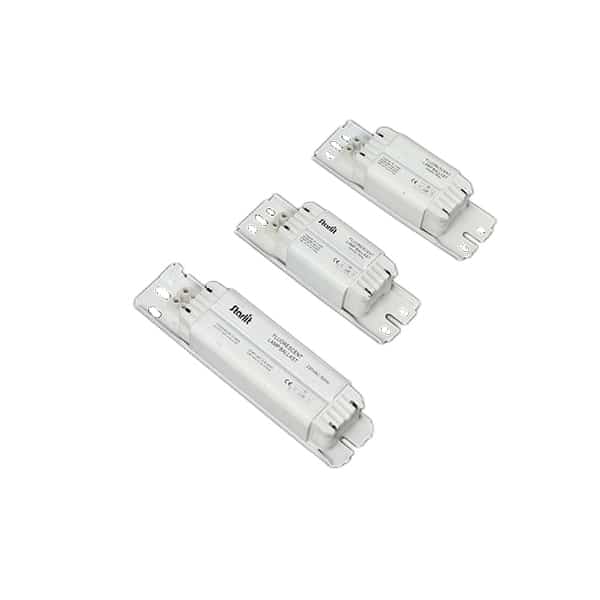
Preventative maintenance to extend the life of a ballast
Proactively maintaining your lighting system can help extend the life of your ballasts and prevent costly replacements. Regular inspection and preventative care go a long way in ensuring that your ballasts remain functional for their full lifespan.
- Regular Inspection: Periodically checking your ballasts for signs of wear and tear can help catch issues before they become serious. Look for any signs of burn marks, corrosion, or excessive heat buildup. If you notice any of these signs, it may be time to replace the ballast before it fails completely.
- Proper Ventilation: As mentioned earlier, heat can shorten the lifespan of a ballast. Ensuring that your lighting fixtures have proper ventilation can help reduce the risk of overheating. Make sure that there is enough space around the fixtures to allow for adequate airflow, and avoid placing lights in enclosed or poorly ventilated areas.
- Surge Protectors: Installing surge protectors can help shield your ballasts from power surges and voltage fluctuations, both of which can cause premature failure. This is especially important in areas that experience frequent electrical storms or power disruptions.
By following these preventative measures, you can help your ballasts reach their full lifespan and avoid unexpected failures.
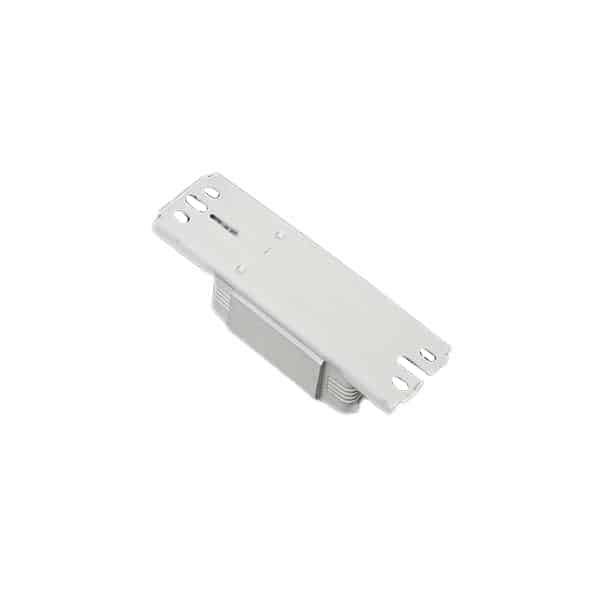
When should you replace your ballast vs. upgrade to LED lighting?
If you find yourself frequently replacing ballasts or dealing with lighting issues, it may be time to consider upgrading to a more modern solution like LED lighting. In some cases, replacing the ballast is the most cost-effective solution, but in other cases, switching to LEDs could offer long-term benefits.
- Ballast Replacement: If your ballast is relatively new and the rest of your lighting system is in good condition, replacing the ballast may be the best option. This is often the case in commercial spaces with many fluorescent lights, where a full LED upgrade might be cost-prohibitive in the short term.
- LED Upgrade: If multiple ballasts are failing, or if you’re facing frequent repairs, upgrading to LED lighting may be a better long-term investment. LEDs offer several advantages over fluorescent lighting, including longer lifespan, reduced energy consumption, and lower maintenance costs. Additionally, LEDs do not require ballasts, eliminating the need for future replacements.
Switching to LED lighting is particularly beneficial for businesses and facilities looking to reduce energy costs and minimize maintenance. While the upfront investment in LED lights may be higher, the long-term savings make it a worthwhile consideration.
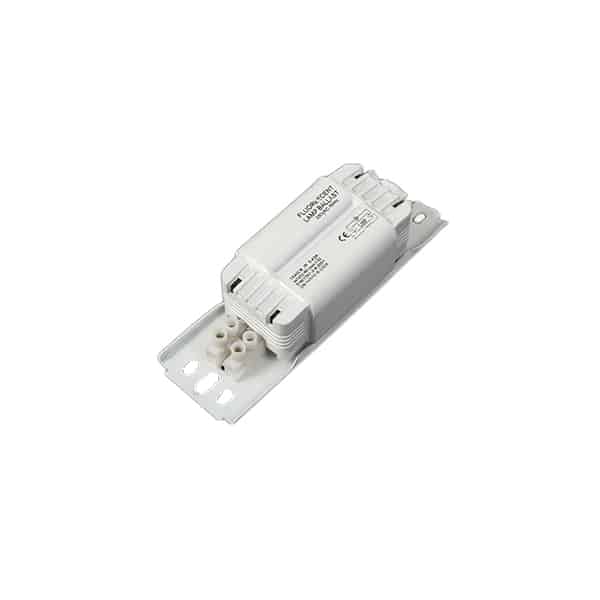
Final Words:
You should change a fluorescent light ballast every 10 to 15 years or when you see it start to flicker, buzz, or get dim. If you keep up with regular maintenance and know what can make ballasts last longer, you can make your lights last longer and not have any problems. If you have to change ballasts all the time, you might think about going to LED lighting.

